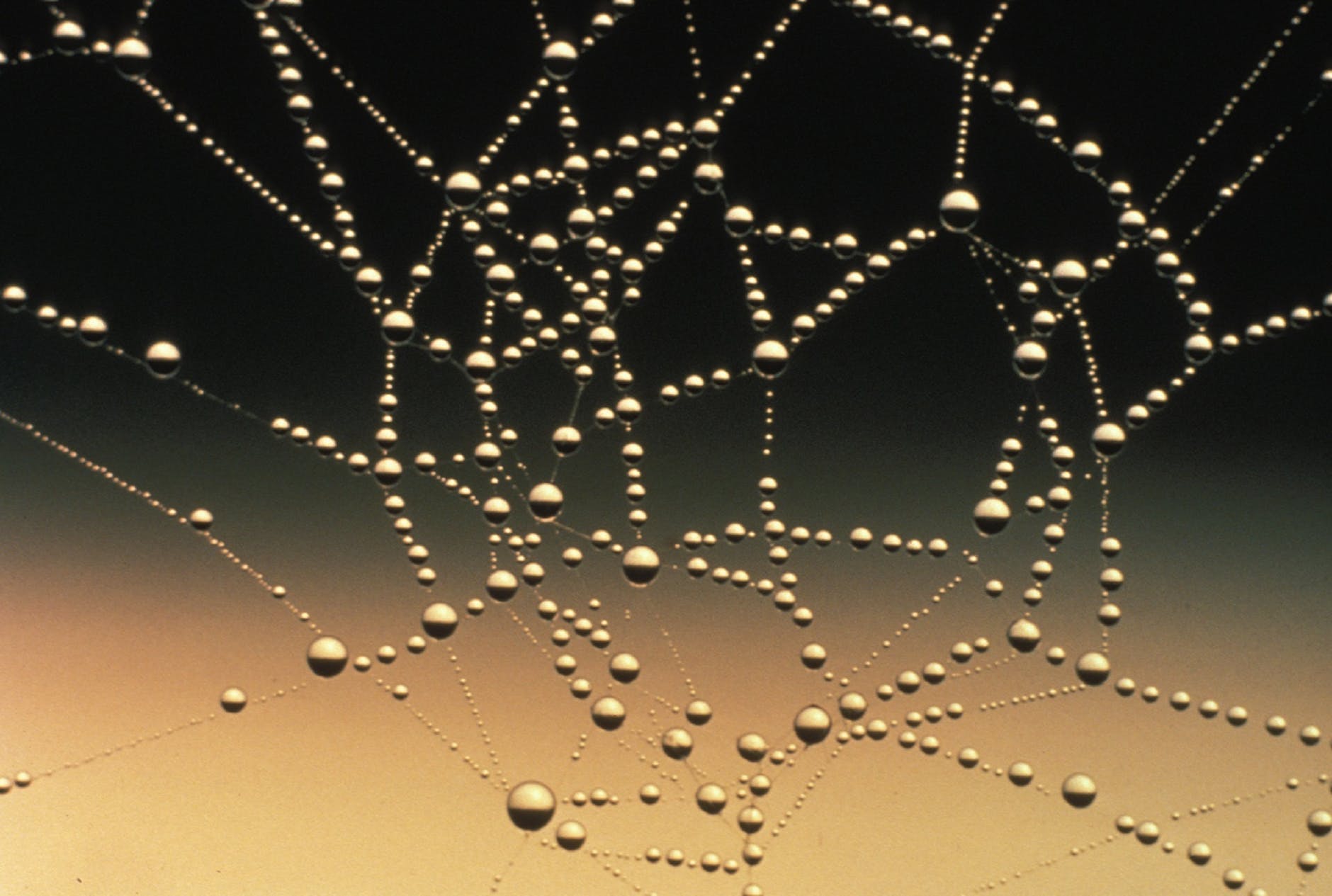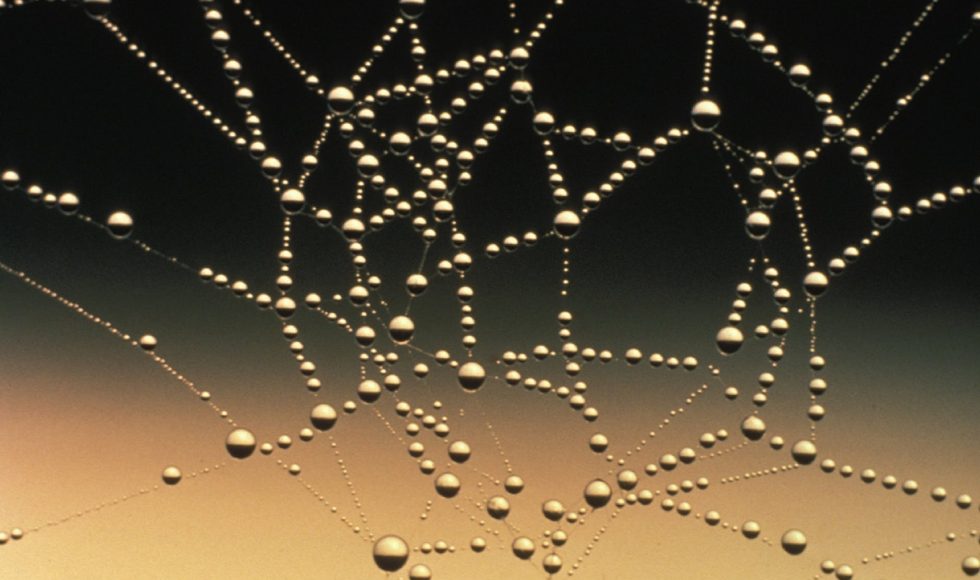“Use of Pore-C to explore the 3D organization of animal symbiont chromosomes” was the title of the session Tobias Viehboeck from the University of Vienna, Austria, presented at the Nanopore Community Meeting 2022. They mentioned that there are approximately 1025 microbes that live associated with plants or animals. However, Viehboeck noted that few obligate symbionts have been studied with respect to chromosome structure. Viehboeck focused on Neisseriaceae from the oral cavity that form multicellular chains. The research team labeled the origin and the terminus of the chromosome to learn about the configuration. The team determined chromosome folding and chromosome interaction domains using 3C-seq, HiC, Pore-C techniques. Viehboeck explained the Pore-C workflow: first, DNA-protein are crosslinked followed by restriction digest and ligation. DNA is purified and prepared for Nanopore sequencing. The research team used a MinION device and performed basecalling using guppy. The Pore-C snakemake pipeline was used to go from fastq files to a contact map. They performed Pre-C analysis on S. muelleri grown on a solid substrate. The contact maps revealed sixty-five loops and a 1 Mb origin domain with over 40 loops. The terminus has 1.4 Mb and has almost no loops. Interestingly, when grown in liquid the polarization is not present. Studying the contact map reveled that formation of loops linked contact-related genes. This is really fascinating, and I wonder if biofilm assays reveal this in other organisms.



